TBT: Throwback Tech
Lately, I have been chain-watching For All Mankind. As a childhood fan of the space program growing up in the 70s, 80s, and 90s, I love what Ronald D. Moore has done, keeping the story rooted in history by imagining "what if" based on a few changes in events. I love how little things play out to big effect over time. Events like Sergei Korolev not dying in 1966 led to Russia not losing momentum on the space program and achieving the moon first. I love the space history trivia of naming the fictional first US woman astronaut after Jerrie Cobb, who would have been an astronaut in reality if not for bias against women pilots during the 1960s. The optimism and sense of "They did what with the primitive computers from that era?" makes For All Mankind one of my favorite views. The show also reminds me of an actual story from 1960s NASA.
From our IoT and ubiquitous computing world lens, it might not be obvious that most people had barely heard of a computer a half-century ago. Layered on that, next to no one not directly involved with organizations like IBM understood how they worked. That's why computers and robots from the 50s and 60s showed up in movies as boxes of magic, mystery, and maniacal behavior entirely unrelated to what computers truly did. Close comparisons in our time are the portrayals of AI and cyber defense. Because these techs are not widely understood in simple terms, how they appear in our pop culture has little to do with reality. Considering NASA's need to maintain pubic enthusiasm for space and technology, they faced mountainous challenges when trying to create mental images that would be understood and generate interest in most people's minds. A technique often used was to describe their newest computing and aerospace technology wrapped in understood old-school metaphors.
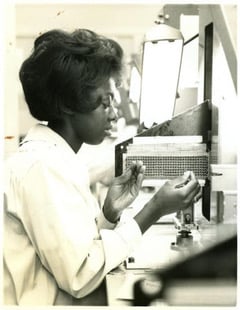
And this brings me to my story pulled from 1965 NASA history. Back then, Raytheon employed rooms of women who created the banks of non-volatile memory storage used to encode programming into NASA's flight and system computers. These women didn't have soldering stations that locked microprocessors into circuit boards. That tech came about a decade later. Instead, women working in pairs would use long needles to guide lengths of wire through grids of metal pegs with eyelet holes. When a wire passed inside the hole of a peg, a 1 was encoded. If the wire went outside the hole, it was a 0. These pairs of women sitting across from each other passing needle and wire back and forth through a metallic grid, created the woven binary code expressing a program's command. This early form of creating software was amazing on so many levels. We live in the era of microprocessors, so it is easy not to realize there are other ways to encode computing instructions. In the future, humans working on quantum systems may look at our tools like we do these 1960's systems where the commands needed to execute space flight commands existed as wire ropes woven into metal pegboards.
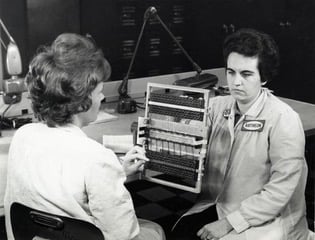
To get a better visual of this process, and learn a bit of computing history, take a click journey to www.makingcorememory.org.
Imagine the task that NASA had in this moment as they worked to figure out how to talk about advancing technology to a population with little to no context or past experiences with computing. NASA needed people to see the value of space exploration. To do that, they needed to create relatable mental imagery. In the case of how programs were encoded, they leaned in on words linked to textiles, sewing, and weaving. Ignoring these women's lab coats, the ferrite cores, and threaded copper wire, anyone could understandably conclude that some kind of textile weaving was going on. After all, the activity centered on back-and-forth threading using a loom-looking device to produce something woven. Press briefings and presentations from NASA and Raytheon created a story and metaphor based on what this tech looked like rather than what it was. They referred to memory rope, weaving stations, threading data, and sewing flight programs into a pattern.
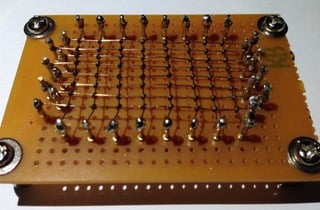
The metaphor wasn't precisely accurate and left out many details. Still, it was close enough for non-aerospace humans to have mental pictures and ways to talk about an incredible technology that allowed small spacecraft to find their way safely to the moon's surface and back.
I love stories from history like this because 50-60 years later, it contains a lesson for us. As UAT students, you spend massive energies mastering technologies like artificial intelligence, blockchain, cloud architecture, cyber, autonomous devices, IoT wearables, and ubiquitous computing. The world of humans who will use and rely on what you are creating often does not have great mental pictures of what these are. I suspect you have noticed this as you tried to explain what you are working on to friends and family who live outside the technosphere. The haze in their thoughts is not surprising. Your techs are new to the human experience and are some of the most advanced tools that humanity has ever created.
Just like the early NASA engineers, those of us promoting technology in the 2020s need to find ways to communicate that bridge our understanding to others. A good metaphor or analogy almost always beats precise descriptions of detailed inner engineering workings in these moments. Simply explaining blockchain as a vast connection of ledgers or spreadsheets cross-checking each other to prevent access and changes on one of the sheets, doesn't diminish the complex and precise work needed for secure digital identification to work. The same holds for describing AI as tools great at identifying and comparing things to patterns and alerting when something matches or does not. My current favorite metaphor is to describe cyber attacks as being similar to the swarm of DemoBats from Stranger Things Season 4, as they attempt to get to Eddie and Dustin who are hiding out in an airstream trailer (after an epic metal guitar solo). Like in cyber, there is power in lots of small attacks persistently trying to gain access to their target.
Part of our role as emerging technologists is to explain and help those who benefit understand the value of what we are building and see it as something new and wonderful. Unfamiliar technologies aren't helped when the people we want to adopt and endorse them walk away disinterested because the explanation overwhelms them with engineering details. Excitement and interest happen more often when we, as technology creators, weave relatable mental frameworks that our ideas can live inside of.
I challenge all of us to practice and cultivate our skills using stories, analogies, and metaphors to communicate images of the technologies we are passionate about. We want others to share in our enthusiasm for the implications of "what if...". Being good at this is often the tipping point in making your inventiveness move humanity forward with what comes next in experiencing our world.
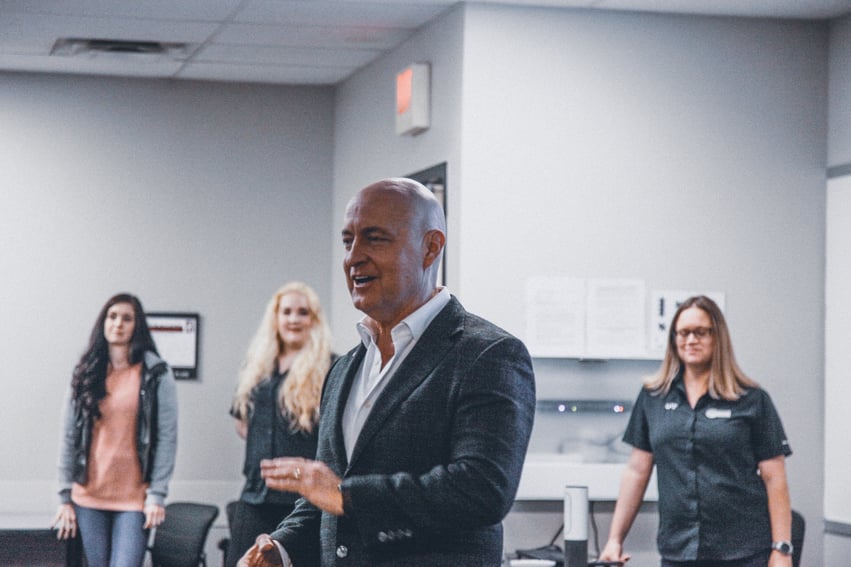


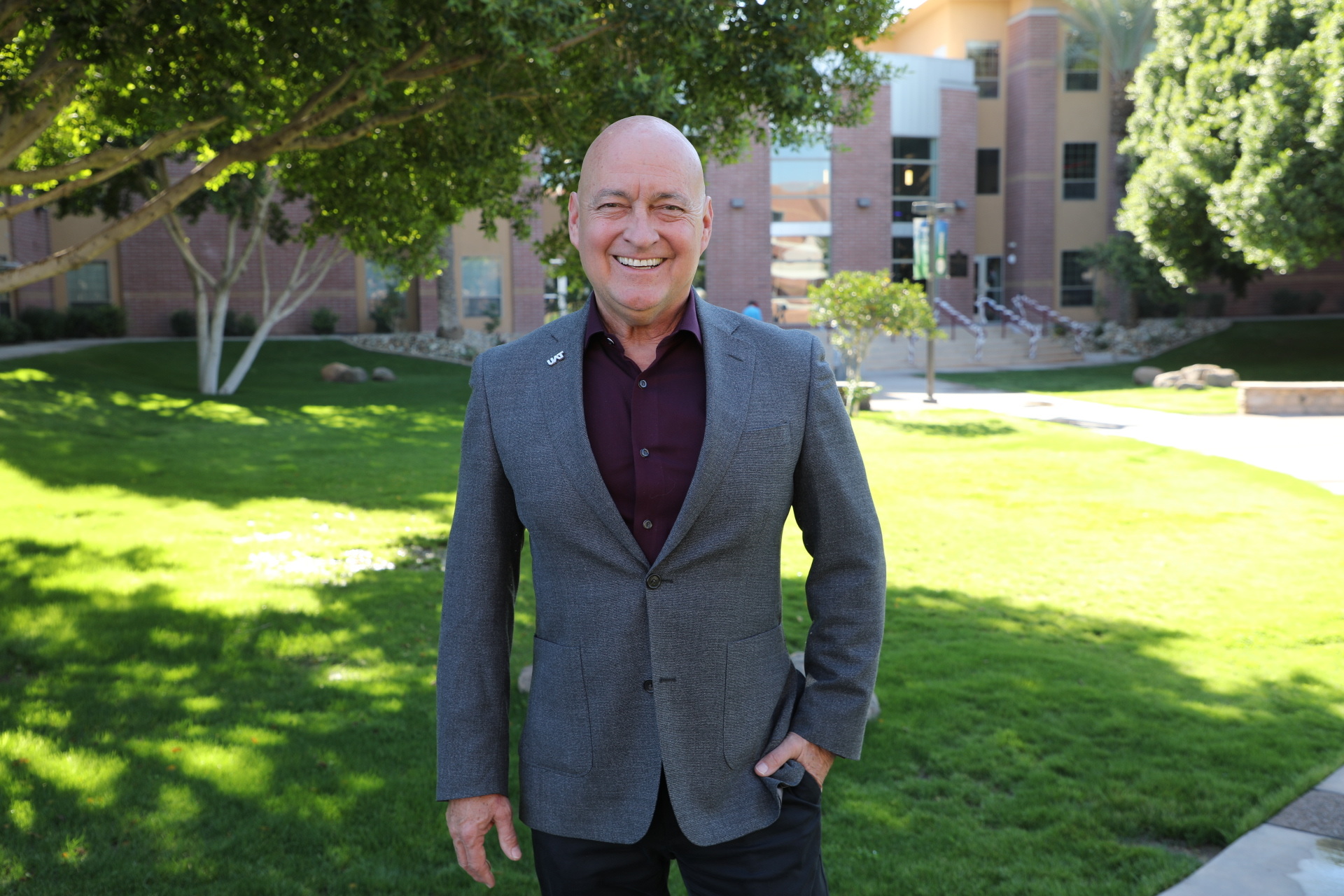

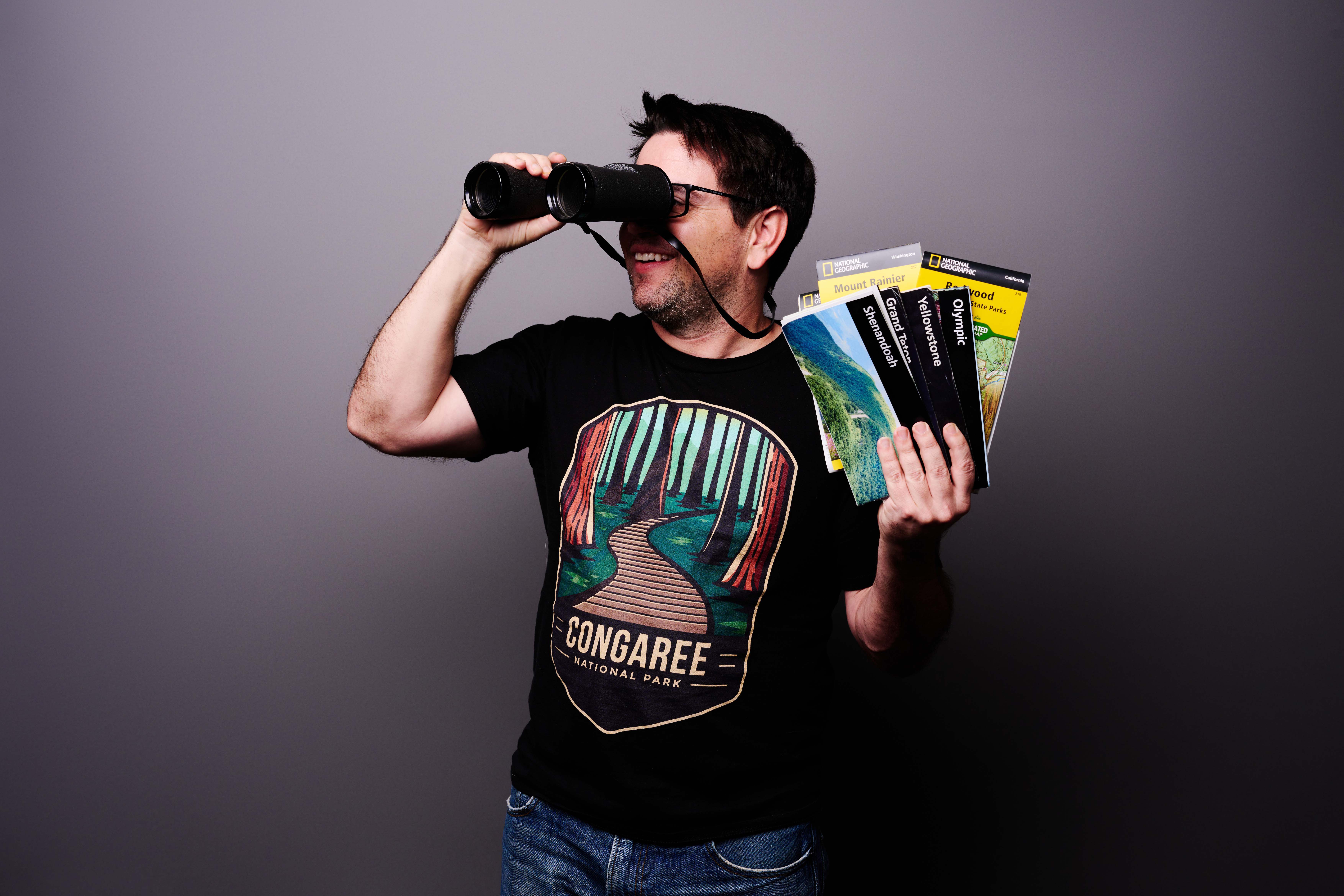
Comment